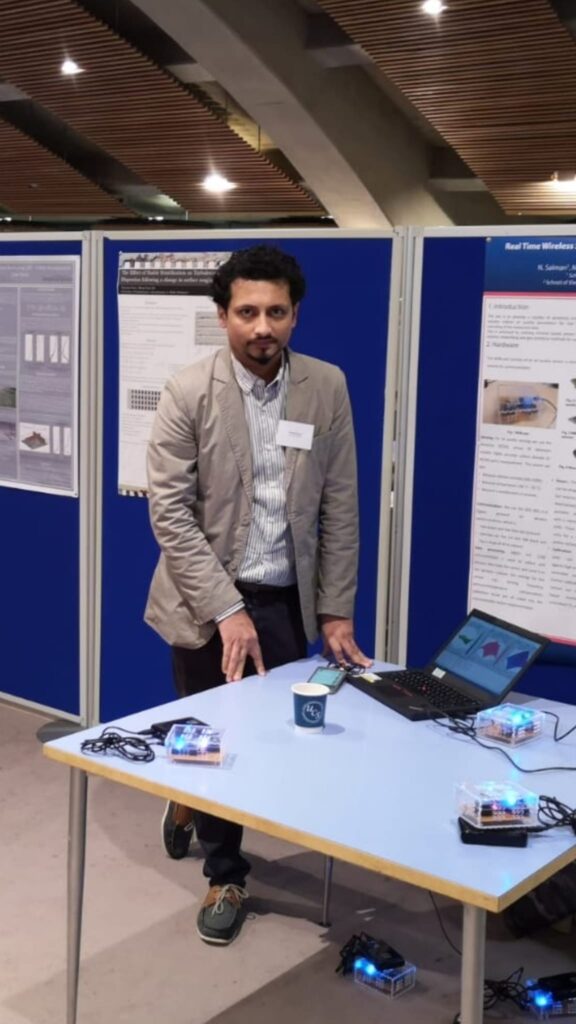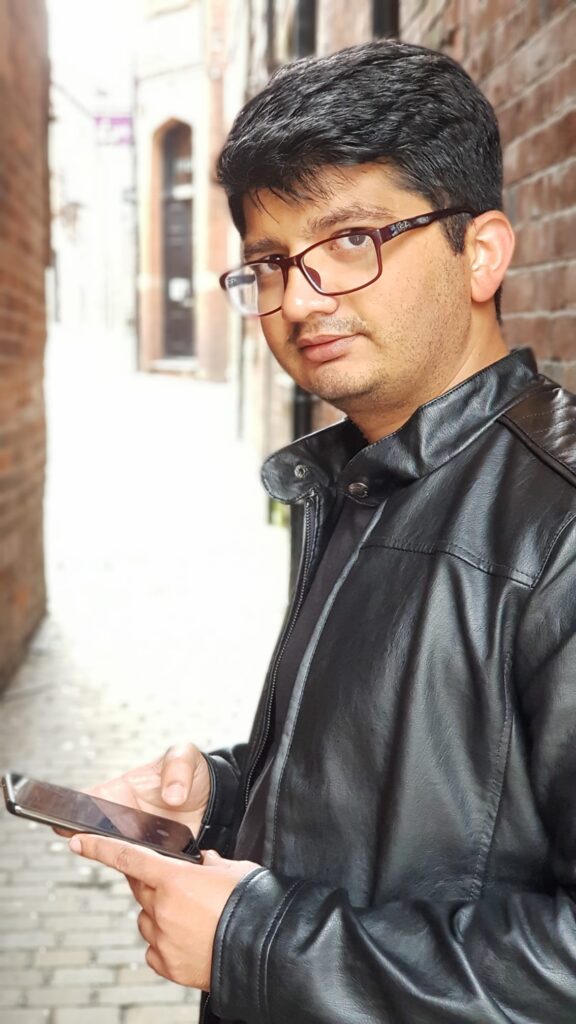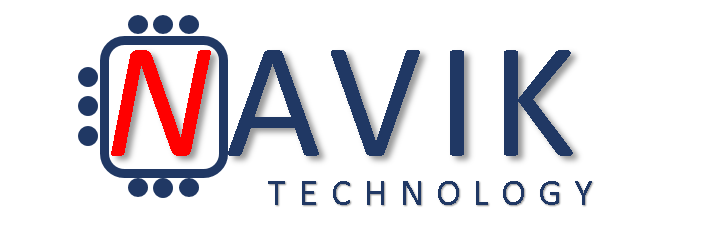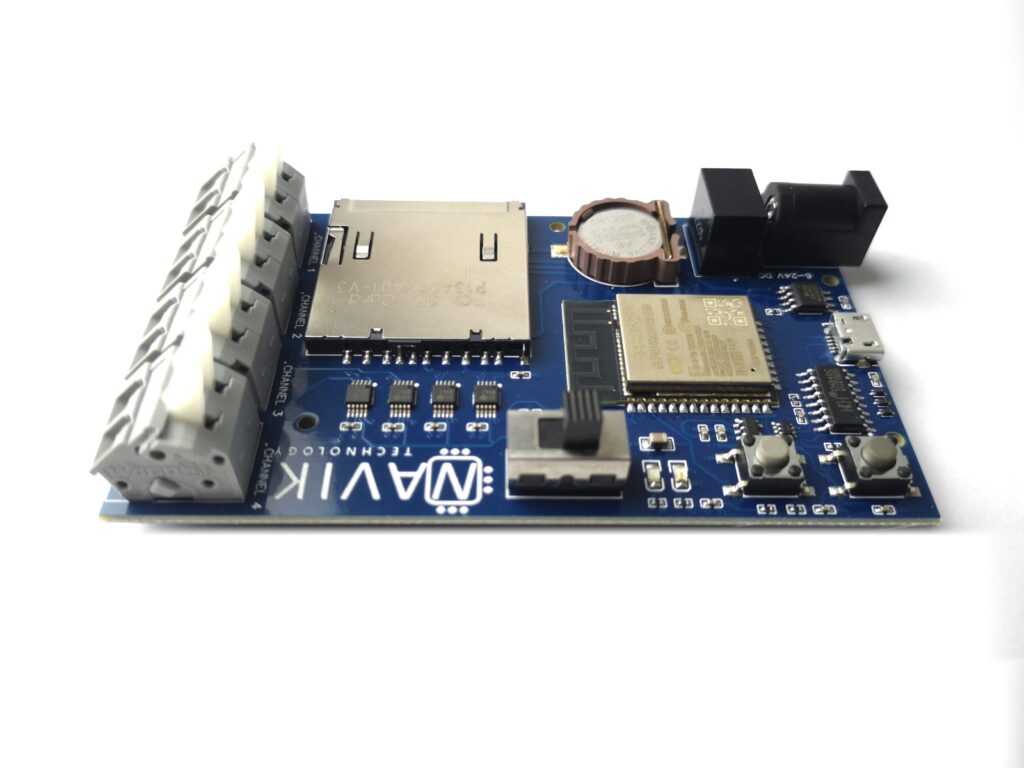🎯 “Ready to Take Your Embedded Systems & IoT Skills to the Next Level?”
Join our Live Coaching Program & Build Real-World Projects!
Limited to Only 10 Students per cohort
🔥 Early-Bird Offer – Limited to the First 5 Students!
The first 5 students to enroll will receive 40% off using the code IOT40OFF at checkout! 🚀
Electronics Design & Software for IoT and Product Development
🕒 Course Duration: 9 Weeks | 2 Live Sessions (min) Per Week (2 Hours Each)
🔹 Total Live Hours: 36 Hours
🔹 Self-Paced Practice: Flexible Based on Your Availability
🔹 Live Q&A & Office Hours Every Weekend
What You’ll Gain from This Course
By the end of this course, you will:
✅ Design & build professional electronic systems from concept to functional prototype.
✅ Develop custom software to control IoT devices, sensors, and wireless systems.
✅ Create & test PCB layouts for real-world applications.
✅ Implement wireless communication protocols (WiFi, Zigbee, Bluetooth).
✅ Work confidently with microcontrollers like ESP32.
✅ Integrate power management solutions (battery-operated & energy-efficient systems).
✅ Prototype & refine electronic products for industry or personal projects.
🚀 This course is hands-on, practical, and results-driven—perfect for engineers, makers, and businesses!
Topics Covered:
✔ Fundamentals of electronics – voltage, current, resistance, capacitance, inductance
✔ Semiconductor basics – diodes, BJTs, MOSFETs, power transistors
✔ ESP32 microcontroller architecture – dual-core processing, memory, GPIOs
✔ Understanding power supply requirements for microcontrollers
✔ Setting up the ESP32 development environment (Arduino & ESP-IDF)
✔ Writing your first ESP32 program – GPIO control, digital input/output
What You’ll Learn:
✅ Develop a strong foundation in electronics required for embedded systems
✅ Understand how microcontrollers process and interact with the physical world
✅ Set up the ESP32 development environment and program your first microcontroller application
Topics Covered:
✔ ADC (Analog-to-Digital Conversion) – reading sensor values
✔ DAC (Digital-to-Analog Conversion) – outputting analog signals
✔ PWM (Pulse Width Modulation) – motor control, LED dimming
✔ UART, I2C, SPI protocols – serial communication between microcontrollers and peripherals
✔ Interfacing sensors & actuators – temperature, humidity, motion, touch, buttons, and relays
What You’ll Learn:
✅ Master sensor integration with ESP32
✅ Learn how microcontrollers communicate with peripherals using I2C, SPI, and UART
✅ Understand how to read sensor data and control real-world devices
Topics Covered:
✔ ESP32 Sleep Modes – deep sleep, light sleep, and their applications
✔ Real-Time Clock (RTC) Implementation – keeping time in low-power applications
✔ Interrupt handling & timers – efficient event-driven programming
✔ Optimising battery life for embedded IoT systems
✔ Dynamic power management – adjusting clock speeds for energy efficiency
What You’ll Learn:
✅ Reduce power consumption for battery-operated IoT devices
✅ Implement low-power sleep modes for long-lasting IoT solutions
✅ Learn best practices for power-efficient embedded design
Topics Covered:
✔ Introduction to PCB Design Software (KiCad/Altium/Eagle)
✔ Schematic design – placing components, creating circuits
✔ PCB layout principles – routing traces, designing for signal integrity
✔ Two-layer vs. four-layer PCBs – when to use each
✔ Best practices for reducing noise, EMI, and improving reliability
✔ Manufacturing and assembly considerations
What You’ll Learn:
✅ Design and simulate PCB circuits
✅ Gain hands-on experience in schematic capture and PCB layout
✅ Learn how to prepare files for PCB fabrication and assembly
Topics Covered:
✔ Understanding power requirements for embedded systems
✔ Designing power supplies – linear regulators vs switching regulators
✔ Rechargeable vs disposable batteries – selecting the right solution
✔ USB power & data transfer – designing USB-powered embedded systems
✔ Implementing battery charging circuits
What You’ll Learn:
✅ Understand different power solutions for embedded systems
✅ Learn how to design efficient power management circuits
✅ Implement USB connectivity in embedded devices
Topics Covered:
✔ WiFi & Bluetooth LE (BLE) communication using ESP32
✔ Zigbee & LoRa protocols for low-power wireless networks
✔ MQTT & HTTP communication with cloud platforms
✔ Cloud data storage & analytics (Google Firebase, AWS IoT, ThingsBoard, Blynk)
✔ Implementing remote device monitoring & control
What You’ll Learn:
✅ Build IoT-enabled devices that send & receive data from the cloud
✅ Master wireless communication protocols for IoT applications
✅ Implement real-time dashboards to monitor sensor data remotely
Topics Covered:
✔ Debugging embedded systems – software and hardware troubleshooting
✔ JTAG debugging & serial monitor analysis
✔ Automated testing for embedded software
✔ Fault detection & mitigation strategies
✔ Starting your capstone project – proposal and planning
What You’ll Learn:
✅ Learn how to debug and test embedded applications effectively
✅ Gain confidence in diagnosing hardware/software issues
✅ Start your own real-world project development
Topics Covered:
✔ Bringing together PCB, firmware, and wireless connectivity
✔ Optimizing code and hardware for real-world deployment
✔ Preparing your IoT product for manufacturing
✔ Documentation & user interface considerations
What You’ll Learn:
✅ Build a working IoT prototype from concept to implementation
✅ Learn the final steps of product development
Topics Covered:
✔ Presenting your final project to the group
✔ Industry applications of IoT & embedded systems
✔ Next steps: certifications, career pathways, and advanced projects
What You’ll Learn:
✅ Showcase your completed IoT product
✅ Gain real feedback and refine your skills
✅ Understand career pathways & industry applications
Why This Course?
Why Choose This Course?
💡 A hands-on, project-based coaching experience designed to help you build real-world embedded systems & IoT devices, guided by expert engineers.
✅ Live, Interactive Learning (Not Just Videos!)
- Get real-time guidance from PhD-level instructors with industry & academic experience.
- No pre-recorded lectures – every session is live & interactive, ensuring all your questions are answered.
Real-World Embedded Systems & IoT Projects
- You won’t just learn theory – you’ll build working projects using STM32, ESP32, sensors, and wireless communication.
- By the end, you’ll have real, portfolio-worthy projects that showcase your skills.
A Course That Adapts to You
- Whether you’re a beginner (with the optional Basic Electronics module) or an experienced engineer, we tailor our coaching to your needs.
- Get the freedom to build projects that matter to you.
✅ One-on-One Troubleshooting & Support
- Stuck? We personally help you debug your circuits, firmware, and projects.
- Direct access to instructors via Q&A sessions and live support
✅ Industry-Relevant Skills
- Learn the same tools & techniques used by engineers at top companies.
- Develop expertise in PCB design, power management, IoT connectivity, and embedded programming.
Frequently Asked Questions
This course is designed for:
- Engineers, hobbyists, and entrepreneurs who want to build real-world embedded systems & IoT solutions.
- Anyone looking to transition into embedded software/hardware development.
- Professionals working in automation, robotics, or electronics who want to upgrade their skills.
-
Not necessarily!
- If you’re a complete beginner, you can start with our Optional Basic Electronics module before diving into embedded systems.
- If you already have some electronics knowledge, you can start directly with the core modules.
- All live sessions are recorded & available for replay.
- You’ll also have access to additional Q&A sessions to clarify any doubts.
- We recommend 4-6 hours per week, including live sessions, project work, and Q&A time.
- The more time you spend practicing, the faster you’ll master the concepts.
- Live, interactive coaching – not just passive video watching.
- One-on-one guidance & debugging support.
- Hands-on project-based learning – you’ll build actual working devices.
- Real networking opportunities with experts in embedded systems.
We’ll provide a list of recommended microcontrollers, sensors, and tools. You’ll need:
- A computer with IDE for ESP32, KiCad, or EasyEDA for PCB design.
- Basic electronics components (details shared upon enrolment).
- No expensive equipment needed – we focus on affordable, real-world tools.
- Yes! We offer a 100% refund within the first 7 days of your purchase.

Meet Your Instructor – Dr. Naveed Salman
PhD in Electronic & Electrical Engineering | Expert in Electronics Design, Embedded Systems & IoT
Dr. Naveed Salman is an experienced electronics engineer, researcher, and educator, specialising in embedded systems, IoT, and PCB design. With a PhD from the University of Leeds, he has worked extensively on wireless sensor networks, power management, and digital/analogue circuit design.
🔹 Academic & Industry Experience
Dr. Salman has taught at Coventry University, the University of Leeds, University of Sheffield and Sheffield Hallam University, delivering courses on PCB design, intelligent wireless systems, and digital electronics. His research contributions include wireless air quality monitoring, localisation and tracking, and Bayesian estimation methods.
🔹 Technical Expertise
- Electronics Design & PCB Development (Multilayer PCBs, EMC compliance, Power Management)
- Embedded Systems & Microcontrollers (STM32, ESP32, ARM Cortex-M)
- Wireless Communication & IoT (Zigbee, WiFi, BLE, XBee)
- Data Science & Signal Processing (Python, MATLAB, Bayesian Methods)
🔹 Passion for Teaching
With over a decade of academic experience, Dr. Salman has mentored engineers and professionals, helping them design and build real-world electronics projects from scratch. His courses blend theory with hands-on applications, ensuring learners gain practical, industry-relevant skills.

Meet Your Instructor – Dr. Muhammad Waqas Khan
PhD in Electronic & Electrical Engineering | Embedded Systems & PCB Design Specialist
Dr. Muhammad Waqas Khan is an expert in embedded systems, firmware development, and PCB design, with extensive experience in sensor integration, wireless communication, and IoT applications. Holding a PhD from the University of Leeds, he has worked on optimising wireless sensor networks, real-time seismic monitoring, and low-power IoT solutions.
🔹 Academic & Industry Experience
Dr. Khan has held research and teaching positions at Northumbria University, University of Lincoln, and New York University Abu Dhabi, leading projects in wireless sensing, environmental monitoring, and real-time embedded systems. His expertise spans autonomous robotics, geotechnical sensing, and real-time IoT data acquisition.
🔹 Technical Expertise
- Embedded Systems & Firmware Development (STM32, ESP32, ATmega, Raspberry Pi)
- IoT & Wireless Communication (Zigbee, WiFi, UWB, GNSS tracking)
- Real-Time Data Acquisition (MEMS sensors, environmental monitoring)
- PCB Design & Hardware Development (Multilayer PCBs, power-efficient IoT devices)
🔹 Passion for Teaching
With years of experience in academia and research, Dr. Khan is dedicated to helping engineers bridge the gap between theory and hands-on applications. His approach focuses on teaching real-world electronic design skills that empower learners to build functional IoT and embedded systems from scratch.
Why Learn with Us?
💡 Learn from expert engineers with hands-on experience in embedded systems & IoT. No pre-recorded videos—only interactive, live coaching to help you build real-world projects.
✔ Live, Expert-Led Coaching – Learn directly from industry professionals in real-time sessions.
✔ Hands-On Learning – No boring theory! Work on embedded systems, IoT, PCB design, and firmware development.
✔ Personalised Mentorship – Get direct support & project feedback from experienced engineers.
✔ Career-Boosting Skills – Master the electronics design & IoT skills that companies demand.
✔ Project-Based Curriculum – Work on real-world projects and build your portfolio.

What You’ll Learn
PCB Design & Prototyping
Schematic design, PCB layout, routing, manufacturing considerations.

Embedded Systems & IoT
Microcontrollers, STM32, ESP32, sensor interfacing, real-time programming.

Wireless Communication
IoT protocols, WiFi, Zigbee, MQTT, cloud integration.

NAVIK Project Examples
While traditional smoke detectors might overlook vaping, it introduces a substantial amount of particulate matter into the air, a phenomenon that light scattering technology adeptly detects. This video demonstrates the sharp rise in PM levels upon exposure to vape, offering a clear view of advanced sensor technology’s role in air quality assessment.
💡 This device monitors seismic vibration using real-time sensors and wireless connectivity. After completing the course, you’ll be able to build similar IoT-based monitoring systems.
🛠️ Key Skills Learned:
✔ Microcontroller Programming (ESP32, STM32) – Configuring sensors, ADCs, and data communication.
✔ PCB Design & Prototyping – Designing compact and low-power sensor circuits.
✔ Wireless Data Transmission (WiFi, MQTT, Zigbee, LoRa) – Sending real-time data to cloud platforms.
✔ Power Management – Designing low-power battery-operated devices for long-term deployment.
✔ Real-Time Clock (RTC) Implementation – Keeping accurate timestamps for environmental data.
✔ SD Card Data Logging – Storing sensor data efficiently for later analysis.
✔ Firmware Optimization & Low Power Modes – Extending battery life for continuous operation.


